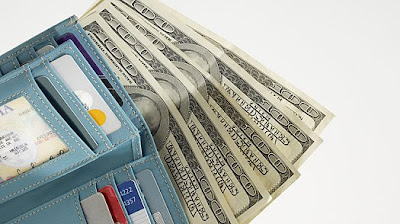Half of Consumers Plan to Save Tax Refunds — Can Retailers Change Their Minds?

By Lucy Koch From eMarketer Most US consumers expect to get a tax refund this year, and they plan to stick their windfall in the piggy bank. A February 2019 survey from the National Retail Federation (NRF) showed that nearly two in three US adults said that they expected a tax refund this year, and half of those respondents said they planned to save it. That was in line with trends the NRF has seen since 2012, when plans to save became more common than paying down debt. Consumers’ reasons for saving varied—40.4% of respondents to the Valassis survey said that they planned to put their refund toward an emergency fund, while others were saving for bigger-ticket purchases like home improvements or furnishings (19.1%), vacations or experiences (15.2%) or a car purchase or auto-related expense (8.7%).






